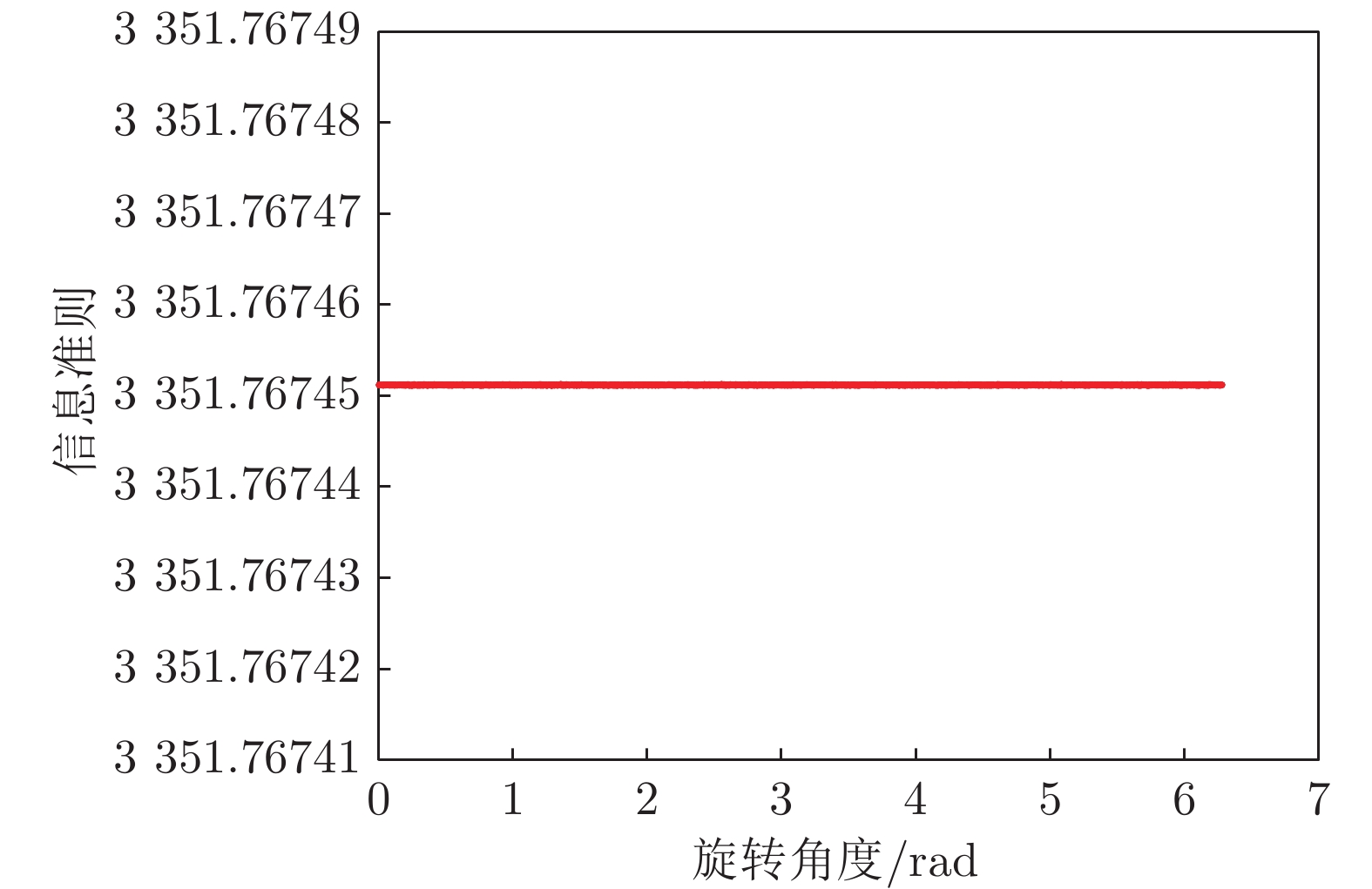|
[1]
|
Gersho A, Gray R M. Vector Quantization and Signal Compression. Boston, MA: KLuwer, 1992.
|
|
[2]
|
Oja E. Subspace Methods of Pattern Recognition. Letchworth, UK: Research Studies Press, 1992.
|
|
[3]
|
潘宗序, 禹晶, 肖创柏, 等. 基于光谱相似性的高光谱图像超分辨率算法. 自动化学报, 2014, 40(12): 2797−2807.Pan Zong-Xu, Yu Jing, Xiao Chuang-Bai, et al. Spectral similarity-based super resolution for hyperspectral images. Acta Automatica Sinica, 2014, 40(12): 2797−2807.
|
|
[4]
|
肖进胜, 朱力, 赵博强, 等. 基于主成分分析的分块视频噪声估计. 自动化学报, 2018, 44(09): 1618−1625.Xiao Jin-sheng, Zhu li, Zhao Bo-qiang, et al. Block-based video noise estimation algorithm via principal component analysis Acta Automatica Sinica, 2018, 44(09): 1618−1625.
|
|
[5]
|
周平, 张丽, 李温鹏, 等. 集成自编码与PCA 的高炉多元铁水质量随机权神经网络建模. 自动化学报, 2018, 44(10): 1700−1811.Zhou Ping, Zhang Li, Li Wen-Peng, et al. Autoencoder and PCA based RVFLNs modeling for multivariate molten iron quality in blast furnace ironmaking Acta Automatica Sinica, 2018, 44(10): 1700−1811.
|
|
[6]
|
Kong Xiangyu, Hu Changhua, Han Chongzhao. A dual purpose principal and minor subspace gradient flow. IEEE Transaction on Signal Processing, 2012, 60(1): 197−210. doi: 10.1109/TSP.2011.2169060
|
|
[7]
|
Oja Erkki. Neural networks, principal components, and subspaces. International Journal of Neural Systems, 1989, 01(01): 61−68. doi: 10.1142/S0129065789000475
|
|
[8]
|
Williams R J. Feature Discovery Through Error-Correction Learning. San Diego, California: Institute of Cognetive Science, University of California, 1985.
|
|
[9]
|
Lei Xu. Least mean square error reconstruction principle for self-organizing neural-nets. Neural Networks, 1993, 6(5): 627−648. doi: 10.1016/S0893-6080(05)80107-8
|
|
[10]
|
Yang bin. Projection approximation subspace tracking. IEEE Transaction on Signal Processing, 1995, 43(1): 95−107. doi: 10.1109/78.365290
|
|
[11]
|
Kong Xiangyu, Hu Changhua, Ma Hongguang, Han Chongzhao. A unified self-stabilizing neural network algorithm for principal and minor components extraction. IEEE Transactions on Neural Networks and Learning Systems, 2012, 23(2): 185−198. doi: 10.1109/TNNLS.2011.2178564
|
|
[12]
|
Kenji Kakimoto, Masao Yamagishi, Isao Yamada. Smoothing of adaptive eigenvector extraction in nested orthogonal complement structure with minimum disturbance principle. Multidimensional systems and signal processing, 2018, 29(1): 433−465. doi: 10.1007/s11045-017-0528-2
|
|
[13]
|
Ouyang Shan, Bao Zheng, Liao Guisheng. Robust recursive least squares learning algorithm for principal component analysis. IEEE Transaction on Neural Networks, 2000, 11(1): 215−221. doi: 10.1109/72.822524
|
|
[14]
|
Gao Yingbin, Kong Xiangyu, Zhang Huihui, Hou li’ an. A weighted information criterion for multiple minor components and its adaptive extraction algorithms. Neural Networks, 2017, 89: 1−10. doi: 10.1016/j.neunet.2017.02.006
|
|
[15]
|
Gao Yingbin, Kong Xiangyu, Hu Changhua, Li Hongzeng, Hou Lian. A generalized information criterion for generalized minor component extraction. IEEE transactions on signal processing, 2017, 65(4): 974−959.
|
|
[16]
|
Toshihisa Tanaka, Generalized weighted rules for principal components tracking. IEEE transactions on signal processing, 2005, 53(4): 1243−1253. doi: 10.1109/TSP.2005.843698
|
|
[17]
|
Kushner H J, Clark D S. Stochastic Approximation Methods for Constrained and Unconstrained Systems. New York, NY: Springer-Verlag, 1978.
|
|
[18]
|
Oja Erkki, Ogawa H, Wangviwattana J. Principal component analysis by homogeneous neural networks―Part I: Weighted subspace criterion. IEICE Transactions on Information Systems, 1992, 75(3): 366−375.
|
|
[19]
|
Zhang Yi, Ye Mao, Lv Jiancheng, Tan Kok Kiong. Convergence analysis of a deterministic discrete time system of Oja’s PCA learning algorithm. IEEE Transaction on Neural Networks, 2005, 16(6): 1318−1328. doi: 10.1109/TNN.2005.852236
|
|
[20]
|
Miao Yongfeng, Hua Yingbo. Fast subspace tracking and neural network learning by a novel information criterion. IEEE transactions on signal processing, 1998, 46(8): 1967−1979.
|
|
[21]
|
Ouyang Shan, Bao Zheng. Fast Principal Component Extraction by a Weighted Information Criterion. IEEE transactions on signal processing, 2002, 50(8): 1994−2002. doi: 10.1109/TSP.2002.800395
|
|
[22]
|
方蔚涛, 马鹏, 成正斌, 等. 二维投影非负矩阵分解算法及其在人脸识别中的应用. 自动化学报, 2012, 38(9): 1503−1512.Fang Wei-Tao, Ma Peng, Cheng Zheng-Bin, et al. 2-dimensional projective non-negative matrix factorization and its application to face recognition. Acta Automatica Sinica, 2012, 38(9): 1503−1512.
|







 下载:
下载:























